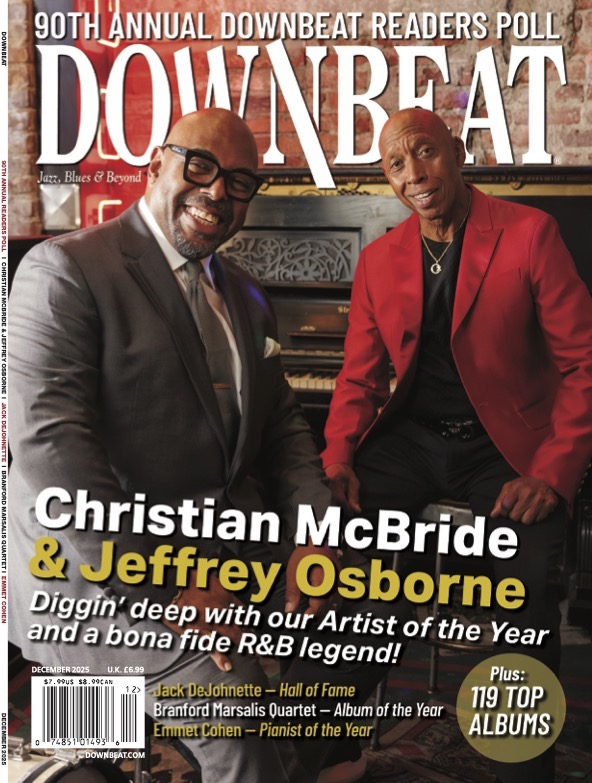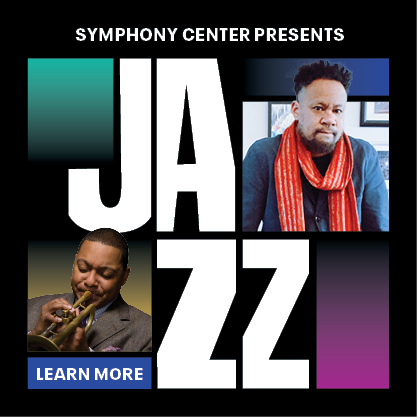Oct 28, 2025 10:47 AM
In Memoriam: Jack DeJohnette, 1942–2025
Jack DeJohnette, a bold and resourceful drummer and NEA Jazz Master who forged a unique vocabulary on the kit over his…
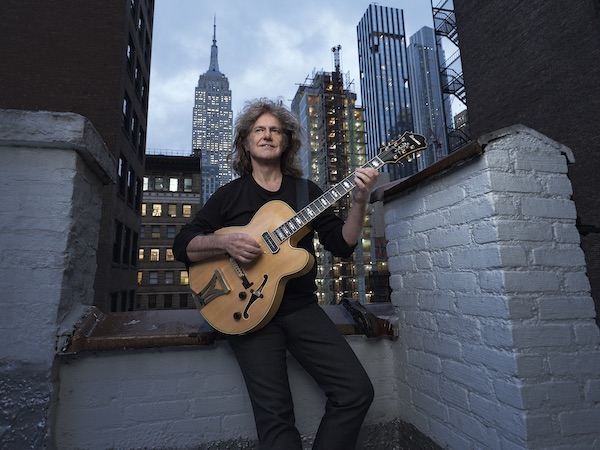
Guitarist Pat Metheny topped two DownBeat Readers Poll categories this year: Guitar and Jazz Album, for his disc From This Place (Nonesuch).
(Photo: Jimmy & Dena Katz)A conversation with Pat Metheny is similar to one of his shows: Some parts seem carefully constructed, while others are loose, improvisational flights. But the thematic undercurrent is one of sturdy, satisfying logic.
DownBeat reached the iconic guitarist at his home in New York’s Catskill Mountains to discuss his two wins in the Readers Poll, in the categories Guitar and Jazz Album. The latter accolade is for his transcendent disc From This Place (Nonesuch), featuring a program of 10 original compositions. Constructed differently from any other album in a diverse catalog that stretches back to 1976, the core tracks for From This Place were recorded by Metheny (guitars, keyboards), Gwilym Simcock (piano), Linda May Han Oh (bass, voice) and Antonio Sánchez (drums).
Later, Metheny wrote orchestral parts that were performed by the Hollywood Studio Symphony, conducted by Joel McNeely. Other textures were provided by Grégoire Maret (harmonica), Luis Conte (percussion) and Meshell Ndegeocello, who sings on the title tune.
The result is not only one of the most ambitious projects in his career, but also one of the most beguiling. Metheny has succeeded in melding quartet improvisations with intricate, potent orchestrations in a way that feels wholly organic. It is not the type of album he could have made as a youngster.
“Some records function as documentaries,” Metheny said. “You get some great musicians and you go into a room, and you play [each piece] a couple of times. You pick the best one, or maybe do an edit between a couple [of takes]. And that has a very specific kind of result. And most of the early records I made were [like] that, just out of necessity. I mean, you were given a day or two to make a record.
“Then, as time went on, I really started to think more in terms of, let’s say, a novel or a feature-film approach to the process and the result. But regardless of the approach, I never wanted to diminish the improvisational focus of it all.
“So, doing documentary records is great, but then … there’s The Beatles. I mean, there was this whole world of what was possible under the auspices of this novel [or] feature-film way of thinking. [Miles Davis’] Bitches Brew would be an example of a long-form type work. But it was still built almost entirely around a documentary approach of getting guys together playing in a room, and then a lot of stuff happening in the editing of that material.
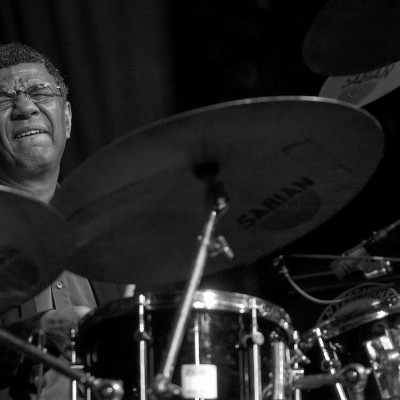
Jack DeJohnette boasted a musical resume that was as long as it was fearsome.
Oct 28, 2025 10:47 AM
Jack DeJohnette, a bold and resourceful drummer and NEA Jazz Master who forged a unique vocabulary on the kit over his…
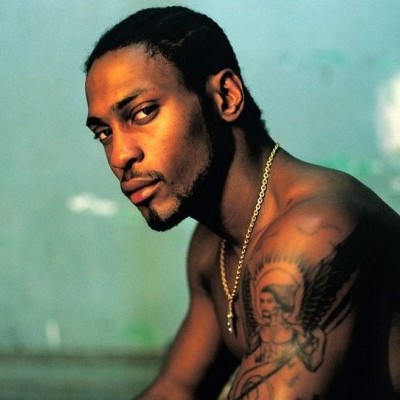
D’Angelo achieved commercial and critical success experimenting with a fusion of jazz, funk, soul, R&B and hip-hop.
Oct 14, 2025 1:47 PM
D’Angelo, a Grammy-winning R&B and neo-soul singer, guitarist and pianist who exerted a profound influence on 21st…
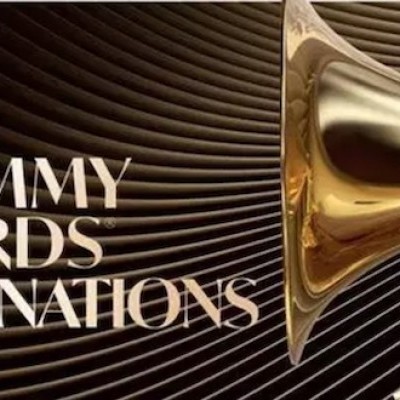
To see the complete list of nominations for the 2026 Grammy Awards, go to grammy.com.
Nov 11, 2025 12:35 PM
The nominations for the 2026 Grammy Awards are in, with plenty to smile about for the worlds of jazz, blues and beyond.…
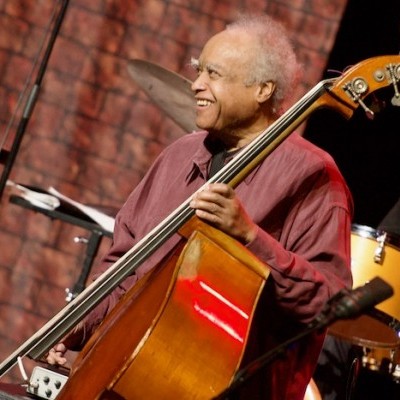
Drummond was cherished by generations of mainstream jazz listeners and bandleaders for his authoritative tonal presence, a defining quality of his style most apparent when he played his instrument unamplified.
Nov 4, 2025 11:39 AM
Ray Drummond, a first-call bassist who appeared on hundreds of albums as a sideman for some of the top names in jazz…
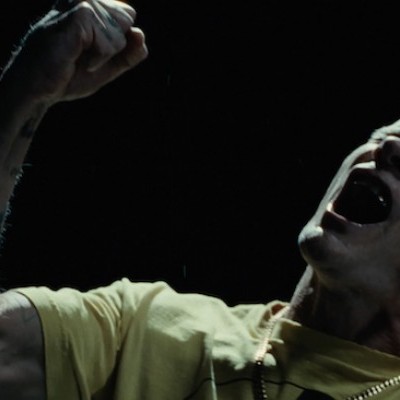
Flea has returned to his first instrument — the trumpet — and assembled a dream band of jazz musicians to record a new album.
Dec 2, 2025 2:01 AM
After a nearly five-decade career as one of his generation’s defining rock bassists, Flea has returned to his first…

